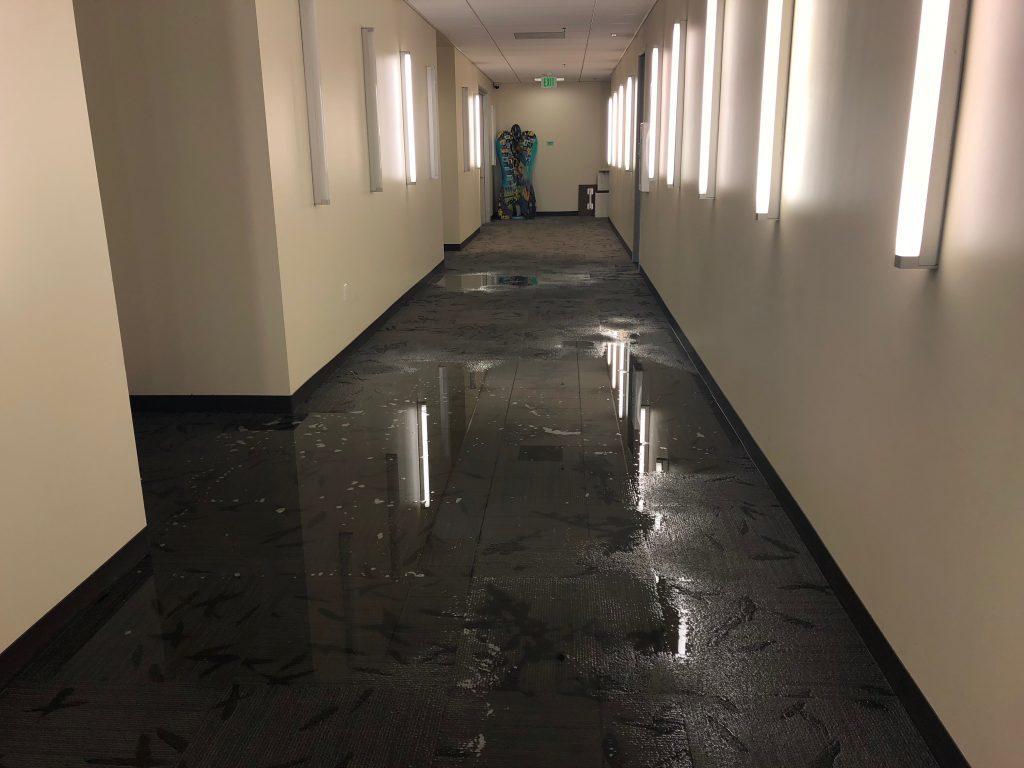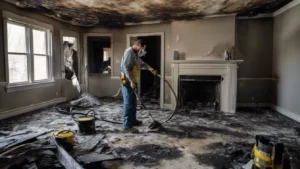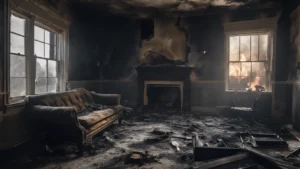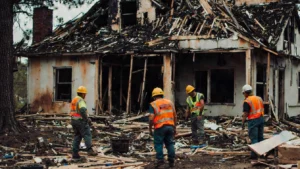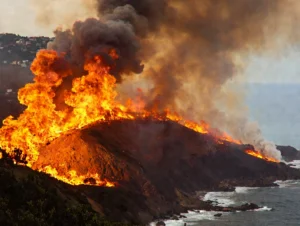In Depth Explanation of Water Damage and Mold Remediation
O.P. Almaraz:
Water damage can be worse than it looks, and if left untreated, you create a moldy environment. Today, we’re going to be talking about mold remediation and mold clearance testing. My guest is Noah Vidal with Dynamic Environmental. Let’s go on inside.
O.P. Almaraz:
We’re in a bedroom here where we did some mold remediation, but to bring you up to speed and bring the viewers up to speed, let me explain what’s been done so far.
Noah Vidal:
Sure.
O.P. Almaraz:
There was a plumbing leak, the plumbing leak was repaired. We did an inspection, we saw some mold, and we did some testing for lead and asbestos, which both came back negative. So we proceeded with the mold remediation which included your personal protective equipment, setting up critical barriers, sanding of the framing members, disposal of the areas that contain mold, detail cleaning, wet wiping, and now the air stripper’s been going on for a little over 24 hours. So it brings us to this current time now, which brings you in to see what we need to do to get our clearance test.
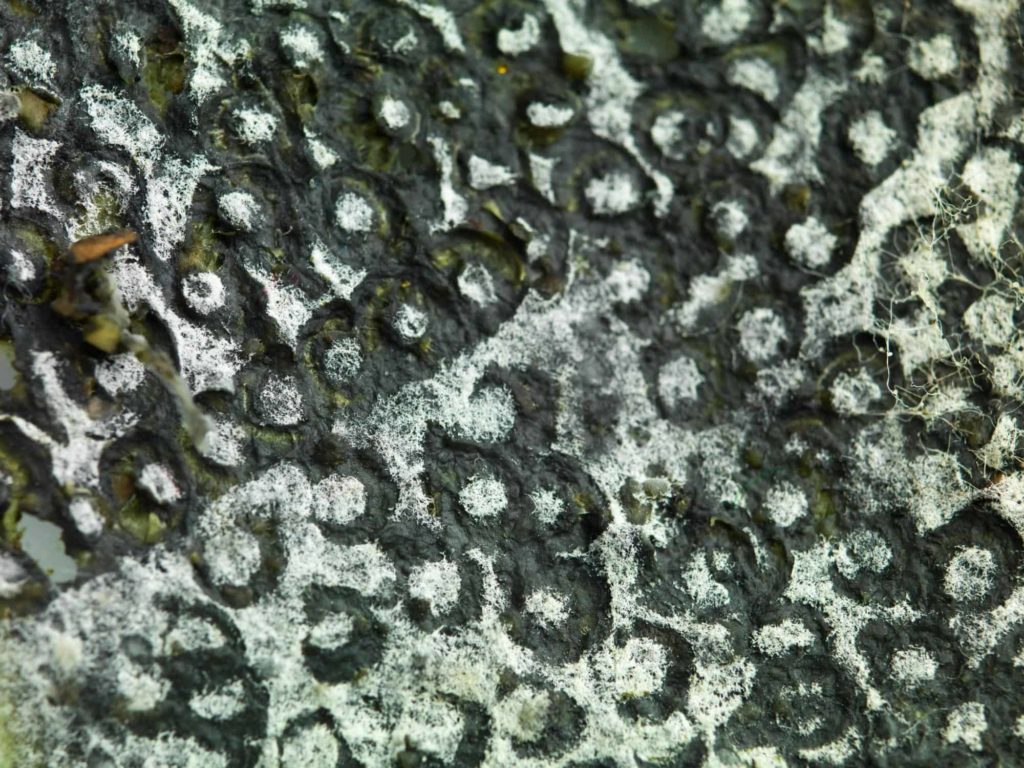
Noah Vidal:
Sure.
O.P. Almaraz:
Can you explain that?
Noah Vidal:
Absolutely. There are three aspects to our post remediation inspection. The first would be a visual inspection, because I want to make sure that the area is a clean work area. I want to make sure that there’s no remaining construction dust or debris. I also want to confirm that the containment provisions are set up correctly and that they remain intact, that critical barriers are set up at windows, that vents or ducts are covered. And then lastly and most importantly, I want to confirm that there’s no remaining visual mold left on building materials of any kind, whether it be exposed wood structural members or remaining drywall.
Noah Vidal:
The second would be a moisture inspection or a moisture survey. And what I’m going to do is I’m going to go around the containment area, the work area, and I’m going to test various substrates, remaining building materials, and just confirm that they are within acceptable moisture levels. That would be the exposed wood structural members. The remaining drywall, I want to make sure that enough drywall was removed and that there is no remaining wet material in the containment area.
Noah Vidal:
The third would be collecting air samples. I’m going to use my Zefon Bio-Pump Plus and an Air-O-Cell and I’m going to collect an indoor air sample within the containment area, and I’m going to collect that sample for 5 minutes at 15 liters, which gives me a total volume of 75 liters. Once I collect that inside air sample, I’m going to go completely outdoors, outside of the containment area, and I’m going to collect two outdoor control samples.
O.P. Almaraz:
Now that you have that information, what do you do with that?
Noah Vidal:
Okay, so now I have these Air-O-Cell, these air samples if you will, and I’m going to take them to a laboratory, a licensed laboratory, I’m going to have them analyzed by a microbiologist, under a microscope, and they are going to give me some quantitative data with regards to the levels, the microbial levels. What I want to see here is I want to see the indoor levels, the levels collected within the containment area, I want to see the types and concentrations of spores, similar to or less than the outdoor control samples.
O.P. Almaraz:
Got it. If it doesn’t pass, what does that report tell you?
Noah Vidal:
The report would just give some recommendations to maybe remedy the situation and give you a better chance of passing the second time around. It may be that there was a little bit of debris laying around, maybe you should go back in with a HEPA vacuum, clean those surfaces, and just do a little bit more of a detail clean. Re wet wipe, detail clean, things of that nature.
O.P. Almaraz:
Or, or, there might still be some elevated-
Noah Vidal:
Absolutely. It may be that there was a wall left intact and let’s see what’s behind that wall. Let’s cut it open, let’s remove two feet of drywall in this area and see if there could be any mold remaining in that wall cavity.
O.P. Almaraz:
Got it. So now you’ve got the analysis back, we’ve passed inspection, and do you have a certification report that shows that you’ve got some clearance?
Noah Vidal:
All you need is a laboratory analysis stating that the indoor levels are less than or equal to the outdoor control levels. I will get those back from the laboratory in one business day, and I will get those laboratory results over to you. That’s all you need to continue with your restoration process. And then I would say, usually within about two to three business days you will have the full report with our clearance letter.
O.P. Almaraz:
Got it.
O.P. Almaraz:
Noah, thank you very much man. I really appreciate your expertise.
Noah Vidal:
My pleasure.
O.P. Almaraz:
To you viewers out there, I hope this gives you a behind the scenes look on what it takes to do mold remediation, sampling, and clearance testing. Thanks a lot.

